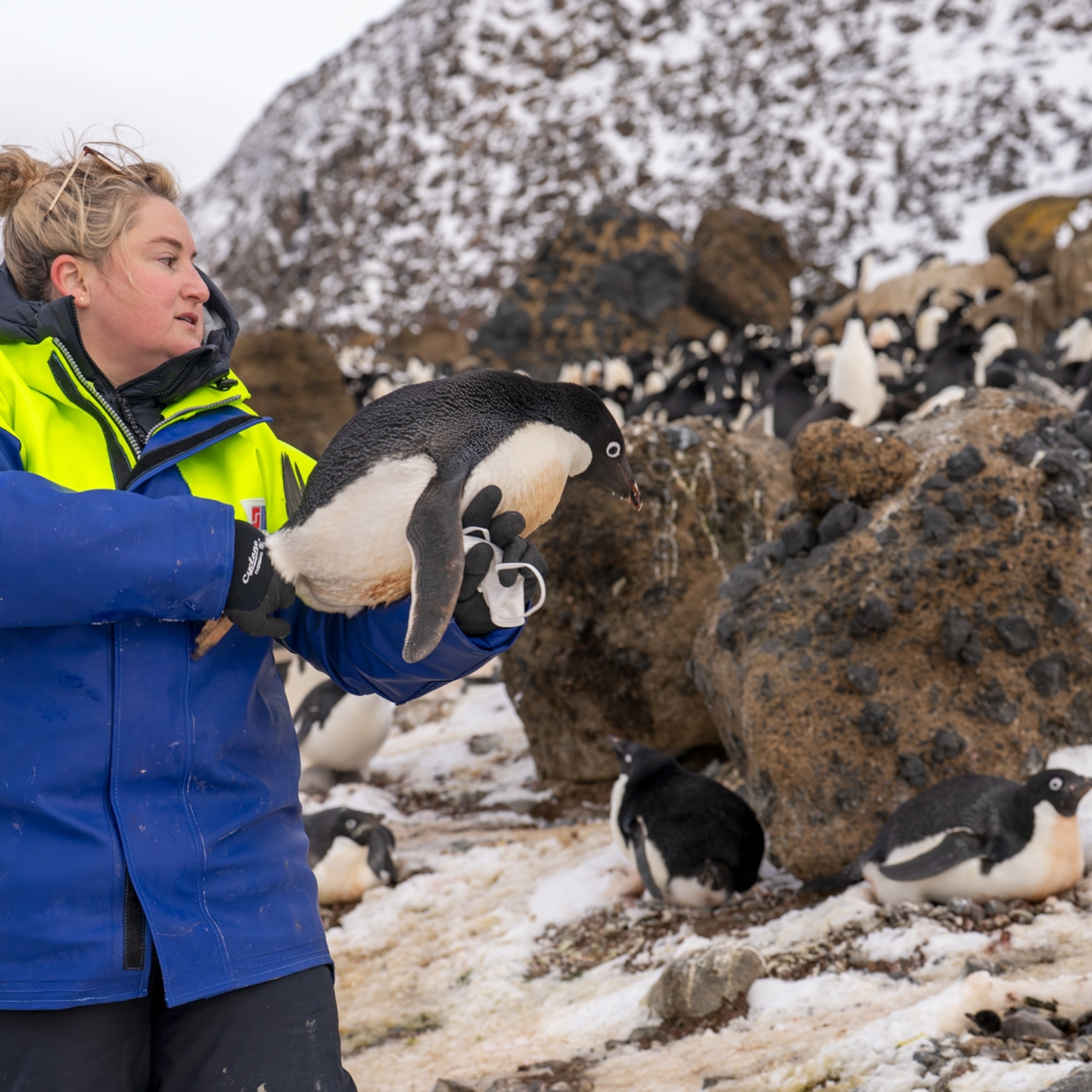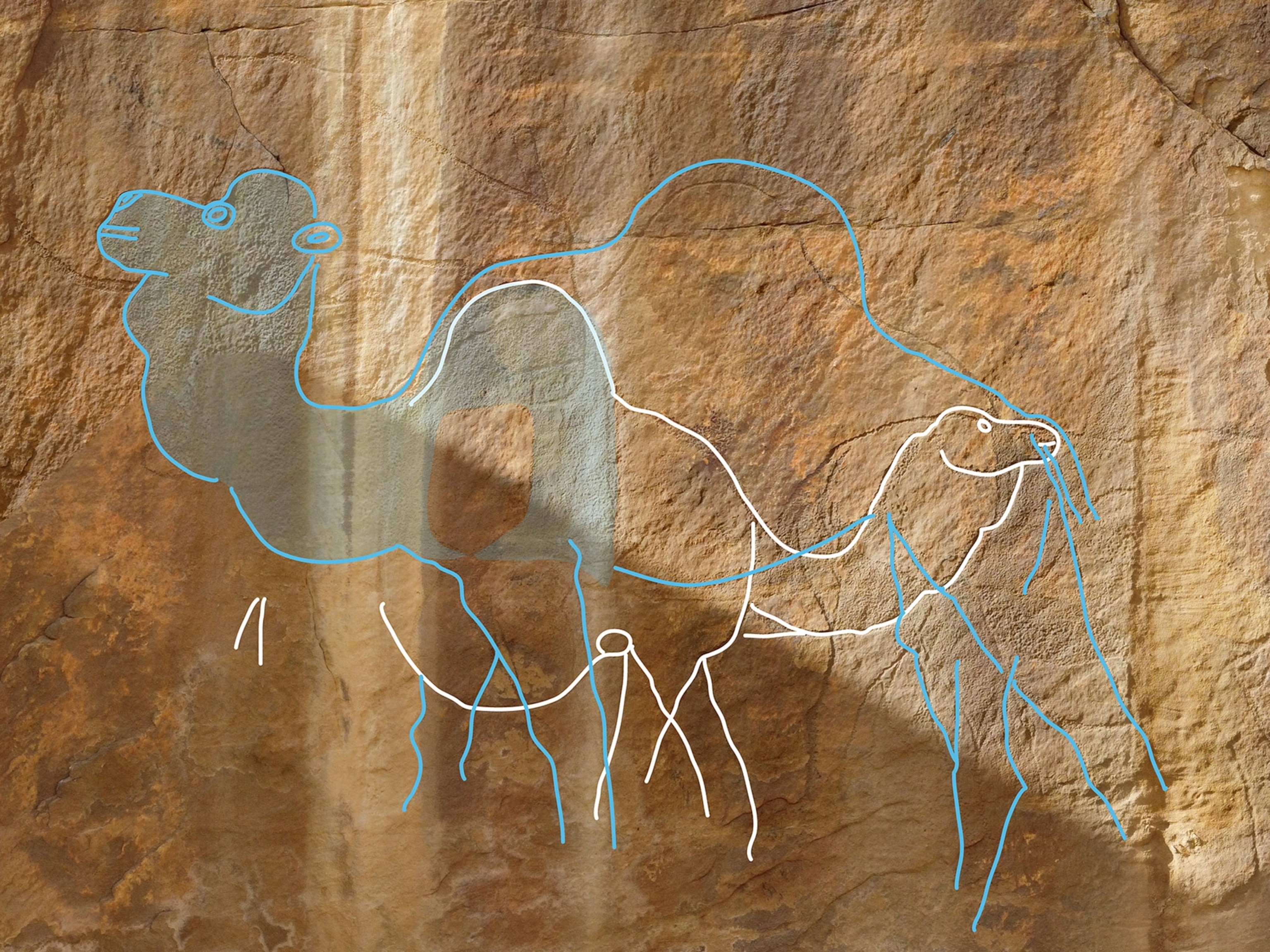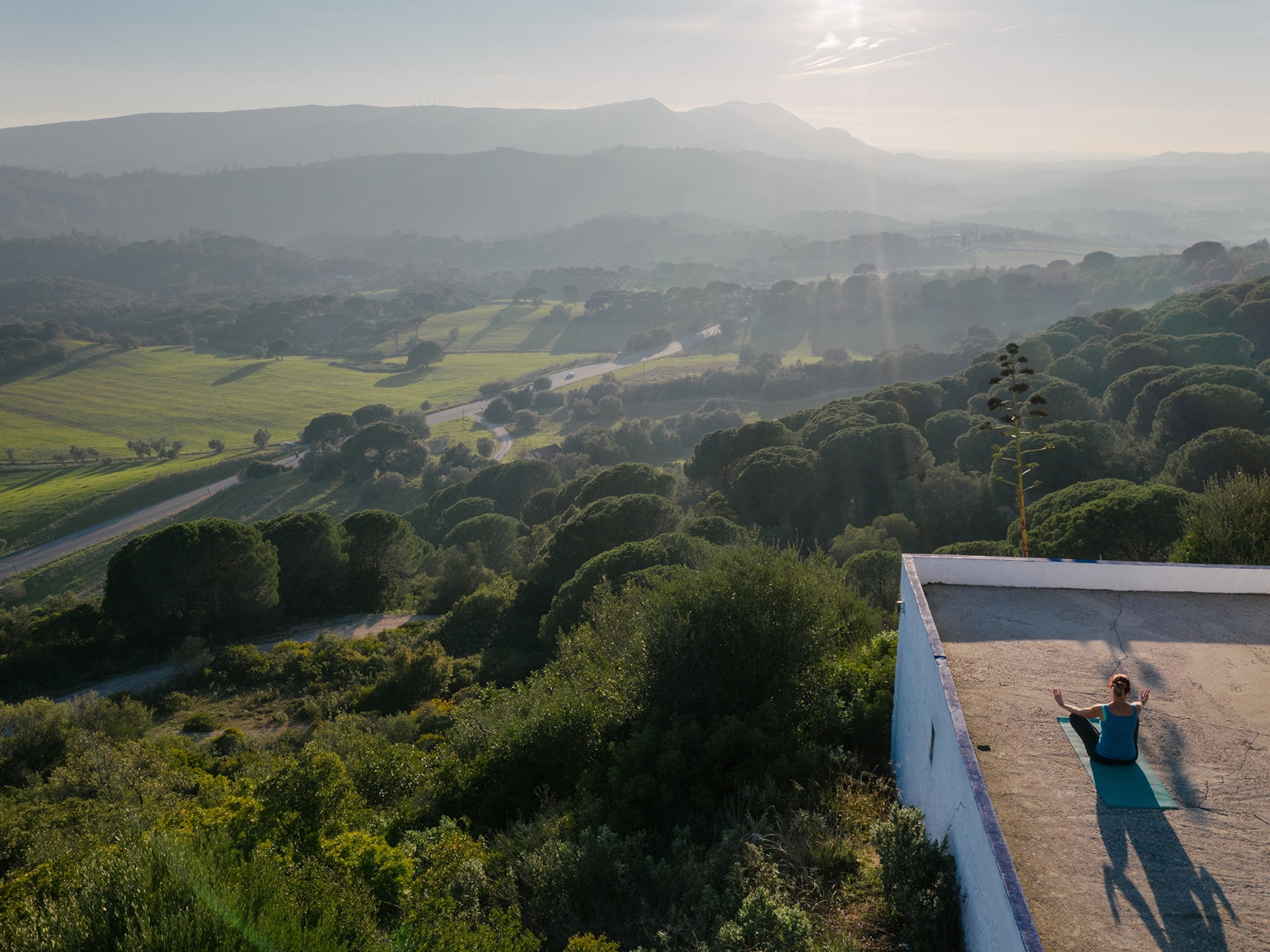
The Power of One Person to Change the World
Exploration, Science, Conservation and Education Shaped by Innovative Pioneers
The quest for knowledge about our past, present, and future has never been more important, particularly in a world increasingly changed by geopolitics, climate change, and a burgeoning population crimping natural resources and wildlife habitats.
Lending support to the pioneers who conduct field-based research in science, exploration, conservation, and education has been part of National Geographic’s core legacy since it was founded 128 years ago. Many of these people, such as educator Kakenya Ntaiya and biologist Nalini Nadkarni, are challenging cultural norms, becoming change agents to improve thousands of lives. Ntaiya is doing so through an all-girls Kenyan boarding school and Nadkarni by bringing science and nature programs to a variety of nontraditional audiences, such as church groups and prisons.
“Whether you’re a CEO or an inmate stuck in solitary confinement, what we have in common is humanity and a connection to nature,’’ Nadkarni says.
Examining human culture, nature’s diversity, or new realms of life on Earth or deep in the universe, exploration and the impulse to push beyond what’s known remains strong.
For decades, the Rolex Awards for Enterprise has been on a similarly inspirational path. Since 1976, the RAE have supported and empowered exceptional men and women who have the vision and determination to conduct landmark research and carry out innovative projects that protect endangered species, advance human knowledge, or improve the lives of the oppressed and disenfranchised.
To celebrate the 40th anniversary of the Rolex Awards for Enterprise, Rolex has partnered with National Geographic to share stories of those who possess the courage and conviction to take on major challenges to improve lives, seek answers about our past, and lead conservation and preservation efforts to preserve the world for future generations.
They include Rwanda veterinarian Olivier Nsengimana, battling to save the critically endangered gray-crowned crane; adventurer Lonnie Dupre, the intrepid winter explorer raising awareness of global warming; and bio-acoustician Michel André, developing underwater warning systems to protect ships from colliding with whales and lessen ocean noise pollution affecting a far broader spectrum of marine life.
“We still understand little about how man-made sound can interfere with life in the oceans,’’ Andre says. “There is growing public and scientific concern, and data suggests that concern is justified.”
Below are short biographies of some of the National Geographic Explorers and Rolex Laureates making a difference in the world. In the weeks ahead, National Geographic will feature stories, photo galleries, and videos featuring them and other inspirational explorers.
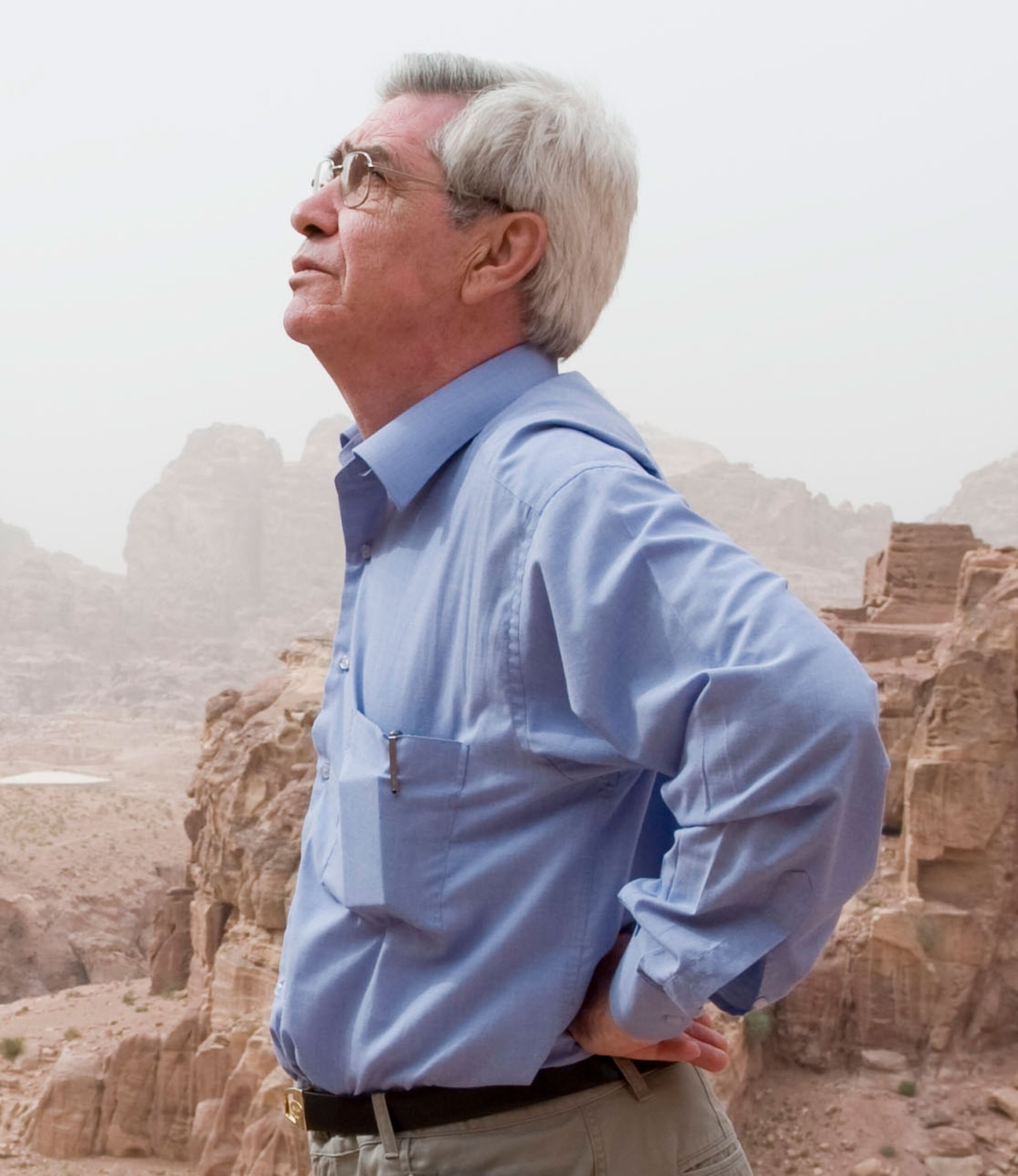
The Plan to Preserve an Ancient Capital
Talal Akasheh has devoted half of his life to protecting the 2,500-year-old Jordanian city of Petra from the ravages of nature and neglect. And at a time when many of his peers have long since retired, Akasheh, 69, remains dogged in his efforts to preserve the once thriving trade capital.
The 2008 Rolex laureate, who trained as a chemist, created a research database on Petra, mapping and analyzing nearly 3,000 archaeological features carved from red sandstone. Akasheh spent three years using photogrammetry to gauge the stability of rocks in the Siq, the main entrance to Petra. In 2015 he completed a conservation plan for the ancient city.
There’s still time to conserve what’s standing for scholars, tourists, and posterity. But if parts of structures crumble, Akasheh’s database can provide references of how the originals looked.

Looking for Life on a Faraway Moon
The quest to find life on other planets has intrigued scientists for eons. Astrobiologist Kevin Hand’s extraterrestrial search could be complete in less than 15 years.
Hand was a 2014 Rolex Awards juror and 2011 National Geographic emerging explorer. As a deputy project scientist at NASA’s Jet Propulsion Laboratory, he oversees the development of a concept for a lander that will explore Jupiter’s moon Europa. His research has taken him from ocean floors to Antarctic glaciers, where he can study life in extreme environments, like those on Europa. With luck, Hand says, a launch could occur by 2024 and a robotic vehicle could touch down by 2030.
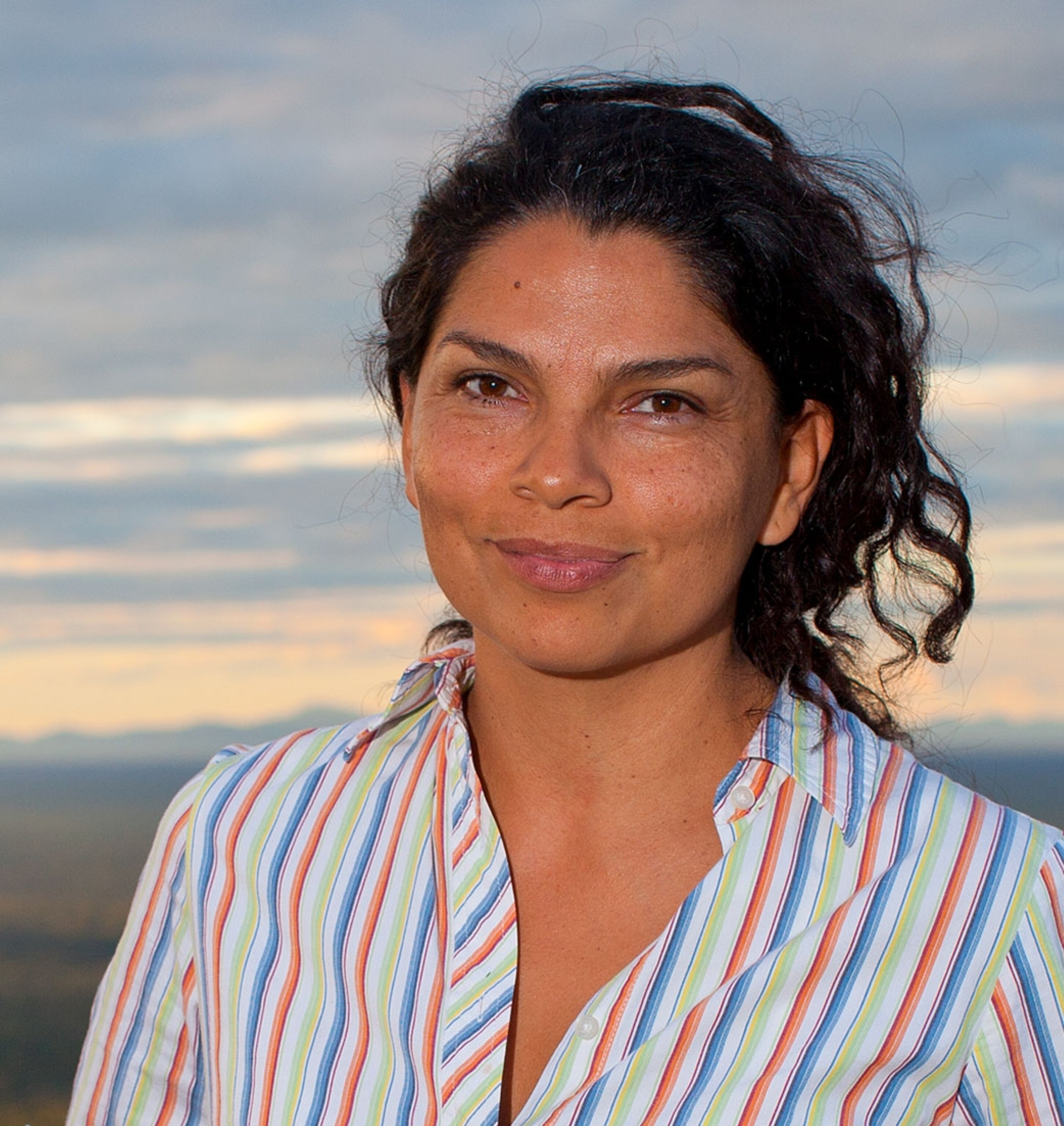
A New Rodent, With an Inspired Name
Conservation biologist Erika Cuéllar displayed such tenacity in conservation in the Gran Chaco, a biodiverse region in South America, that her colleagues named a newly discovered type of rodent after her: Erika’s tuco-tuco, aka Ctenomys erikacuellarae.
The gopher-like tuco-tuco is native to Bolivia. That’s where Cuéllar, a 2012 Rolex laureate and 2013 National Geographic emerging explorer, works to empower communities by helping locals acquire conservation skills and expertise.
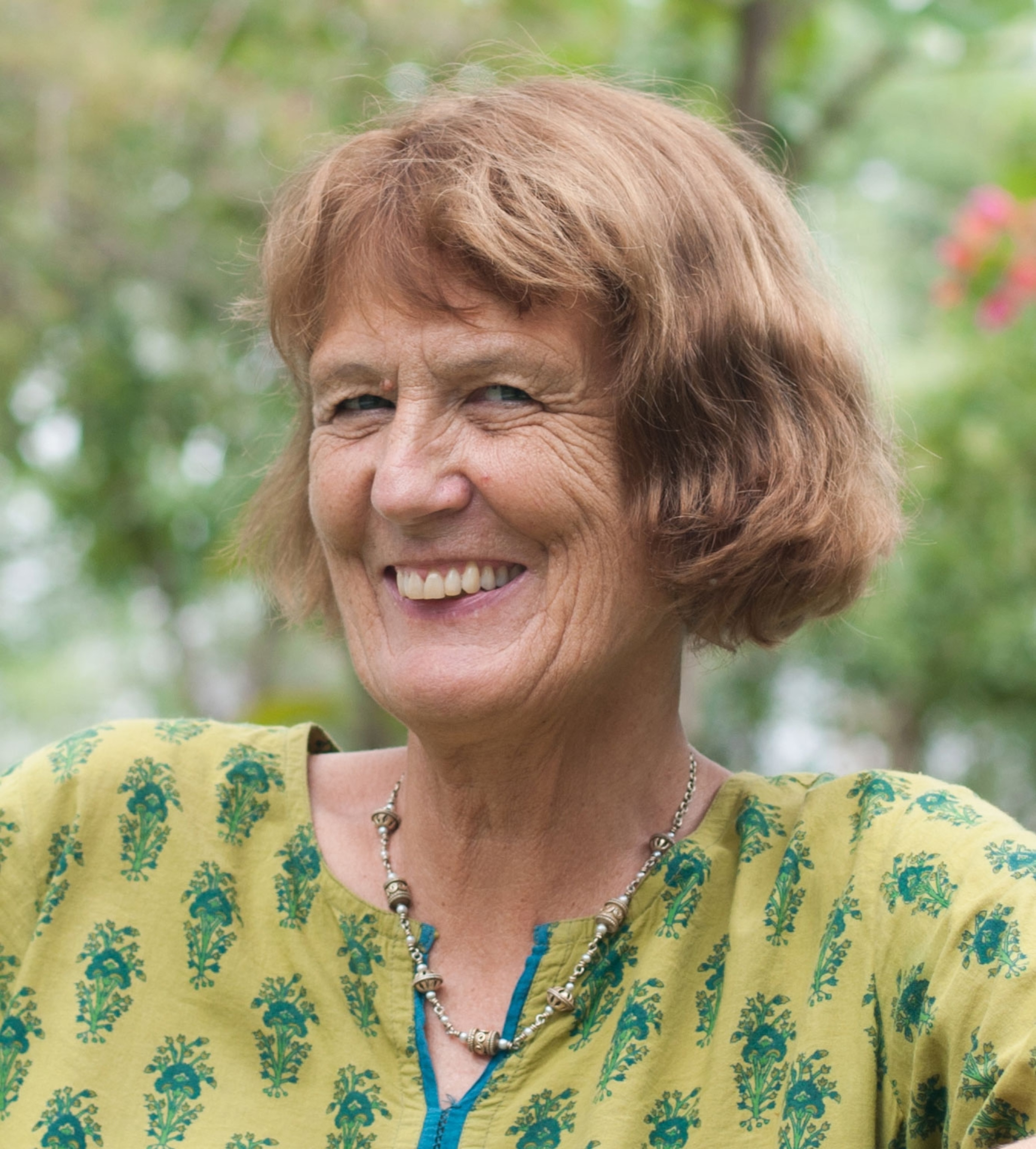
The Secret Sauce to Save a Culture
Rolex Laureate Ilse Köhler-Rollefson is dedicated to preserving the camel-herding lifestyles of India’s Raika people.
The nomadic pastoralists have herded camels in the remote regions of Rajasthan for centuries, but their way of life is threatened by disappearing grazing lands, mechanized farming, and falling demand for camels. Köhler-Rollefson believes camel milk—which some think has medicinal benefits for people with diabetes and children with autism—is key to the survival of Raika culture.
A camel dairy she helped develop now produces 150 liters of milk per week. She'd like to boost production to help out new product lines, including cheeses and soaps, along with wool and paper—the latter made from camel dung.

Alone on a Ruthless Mountain
After three attempts failed due to severe weather, Lonnie Dupre in 2015 became the first mountaineer to complete a January solo summit of Alaska’s Denali.
Dupre, a 2004 Rolex laureate, is now planning another harrowing ascent: the first ever January solo ascent of Alaska’s Mount Hunter, considered among North America’s most difficult climbs. But before that, he'll be part of an expedition heading to Nepal in October, where he'll be part of a team making the first attempted ascent of Langju, a 20,885-foot-tall mountain.

Nuclear Energy Is Coming to the 21st Century
Nuclear power has been under a dark cloud in the U.S. since the partial meltdown at Three Mile Island in 1979. But Leslie Dewan, a nuclear engineer and 2015 National Geographic emerging explorer, believes a safe, next-generation nuclear reactor offers a brighter outlook.
Dewan’s Boston area–based start-up, Transatomic Power, is developing a molten salt reactor based on a 1960s design. In commercial use, the reactor would process and repurpose spent nuclear fuel—the U.S. stockpile is 82,700 tons—and produce enough energy to power the world for decades.
The goal: a prototype by 2020 and a commercial reactor by the 2030s.

Eavesdropping on Ocean Noise Pollution
Michel André, a French bio-acoustician and 2002 Rolex laureate, spent more than a decade developing the first passive whale anticollision system to prevent sea mammals from colliding with ships off the Canary Islands.
In the next 10 years, he helped build Listening to the Deep Ocean Environment, a platform linking 22 major underwater observatories to create a global picture of how human-caused ocean noise affects marine life’s ability to hunt, feed, and dwell in ocean waters.
“Noise is considered a form of pollution,’’ André says. “But unlike other sources of contamination, it’s easier to solve.”
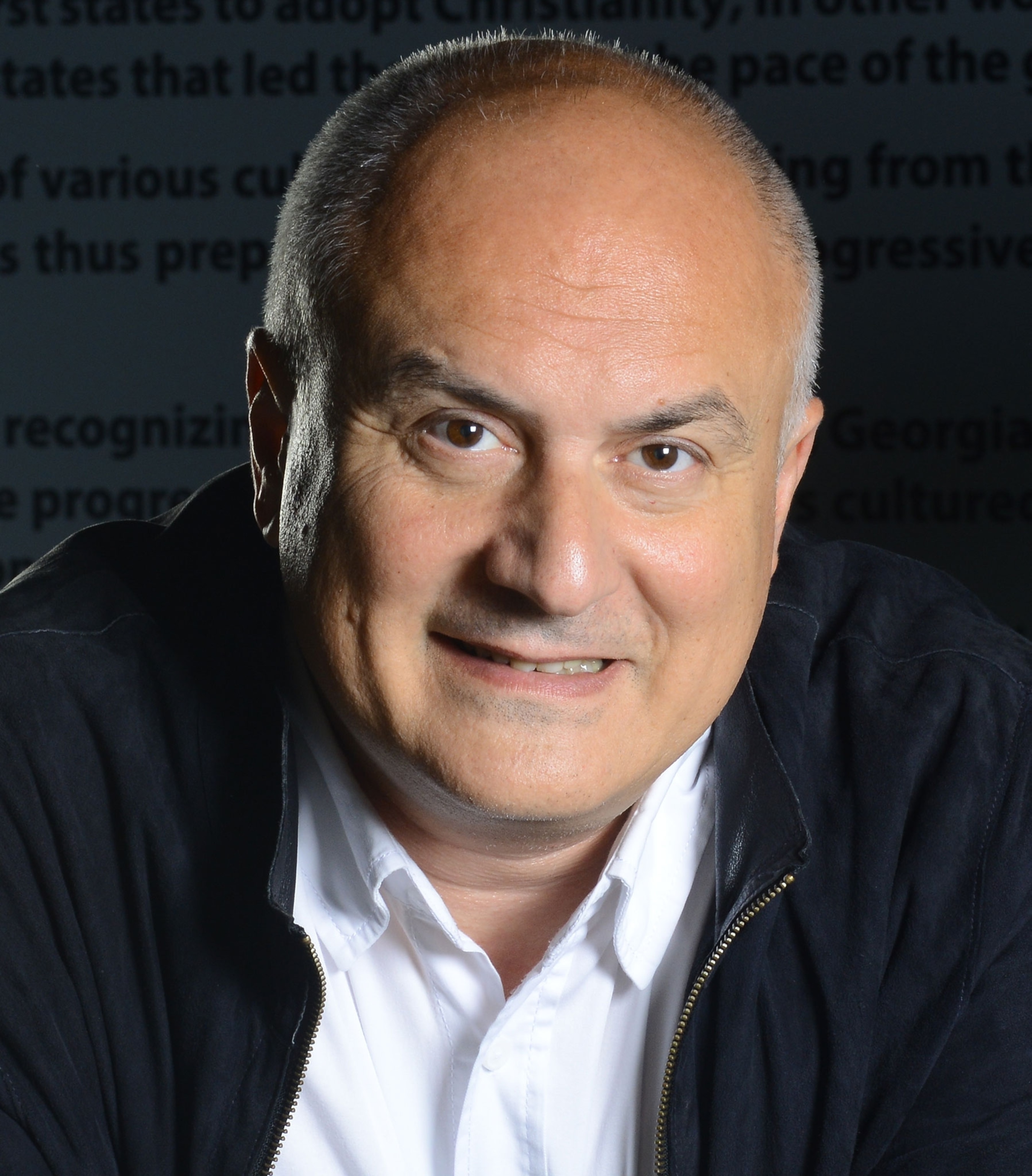
The Lessons Early Humans Still Teach
Scientists found 1.8-million-year-old fossils in Dmanisi, Georgia, more than 25 years ago. Today evidence is still emerging of the earliest known human ancestors to venture outside Africa.
David Lordkipanidze, a paleoanthropologist and 2004 Rolex laureate, headed the 1991 excavation of the Dmanisi site, which led to the theory that all early Homo fossils belong to the same species.
Safe Places for Sharks and Fish to Hang Out
Using cutting-edge technology to monitor the movements of sharks, billfish, and bluefin tuna, marine biologist Barbara Block has developed a trove of information on the secret lives of ocean predators.
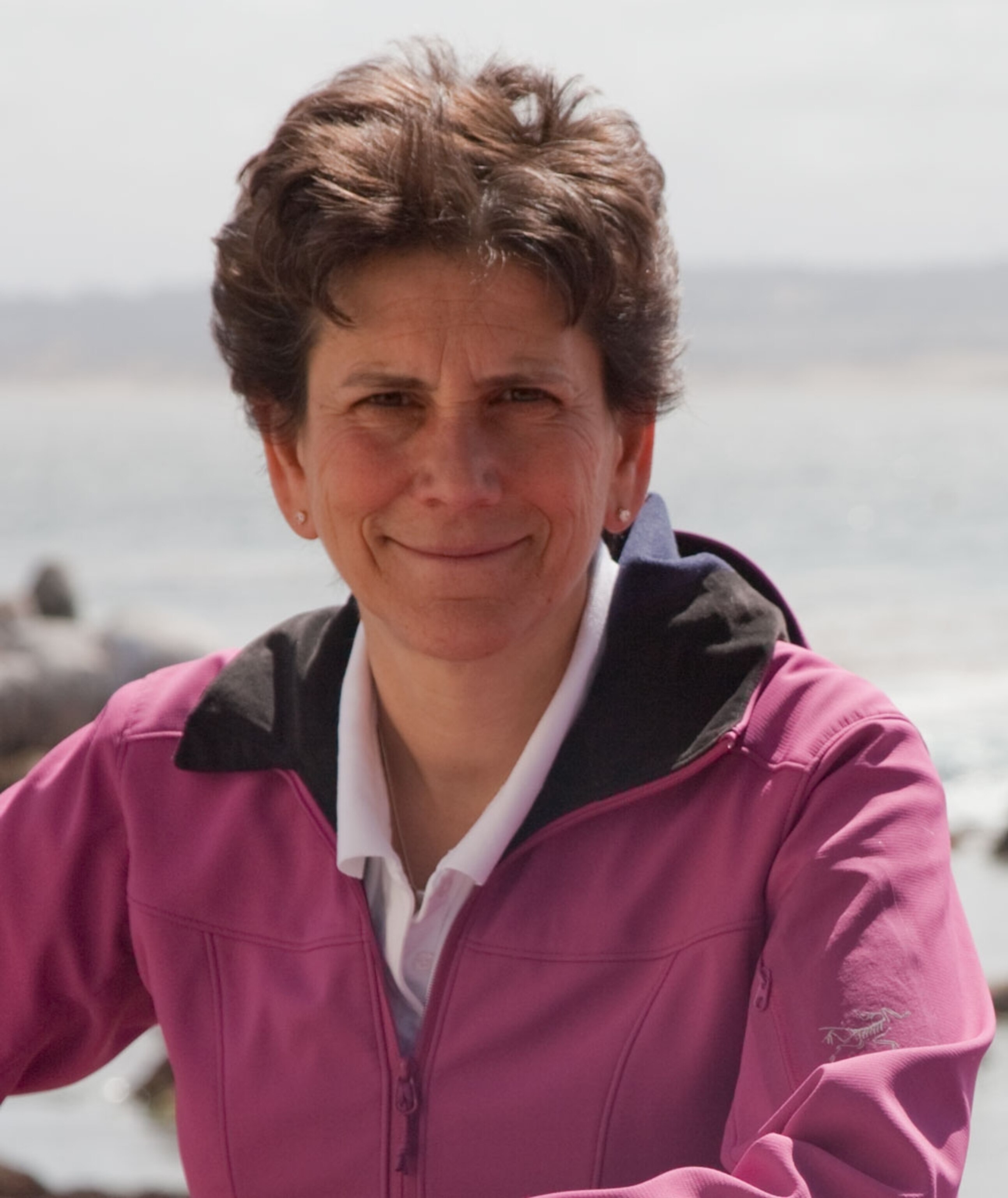
As co-chief scientist for the Census of Marine Life’s Tagging of Pacific Predators project, Block helped identify several marine hot spots—hunting grounds where predators find abundant krill, sardines, squid, anchovies, and salmon. One of these hot spots, now California’s Monterey Bay National Marine Sanctuary, is featured in Block’s 2016 science documentary, Blue Serengeti.
Like land-based parks, Block says, these areas need conservation and protection so they can continue to foster the diversity of species. “What we’ve found is that, like clockwork, they come back to the same neighborhood,’’ says the 2012 Rolex laureate, who is trying to raise funds to develop antipoaching tags for vulnerable marine species.
“The biggest problem is unregulated and illegal fishing,” Block points out. “We’re only just getting a handle on it through technology.”
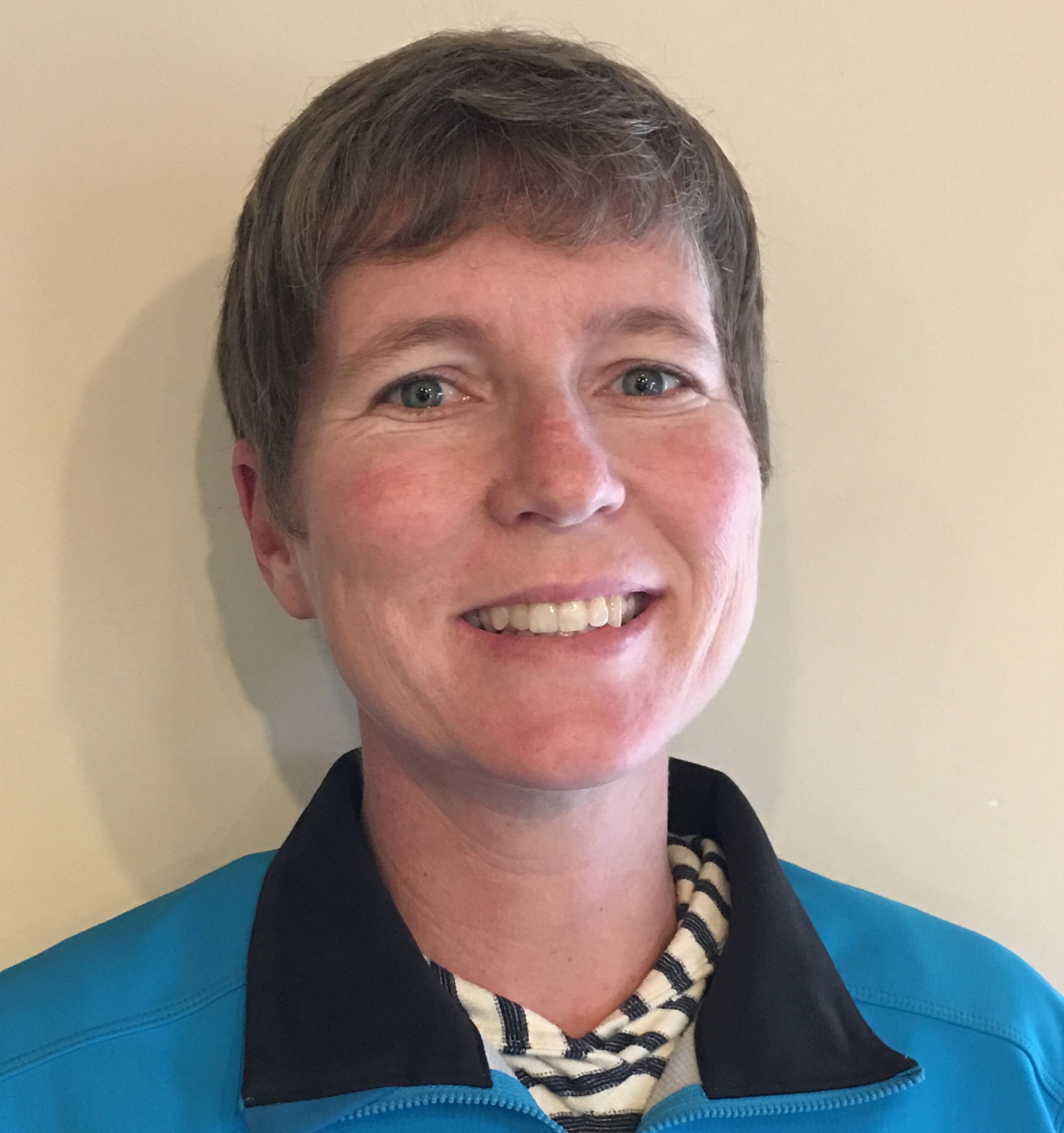
Tracking Bats Without Them Knowing
Winifred Frick, senior director of conservation science for Texas-based Bat Conservation International, will soon begin a yearlong study of the migration patterns of the lesser long-nosed bat in Mexico’s Baja Peninsula.
Frick, a National Geographic grantee, aims to collar 50 bats with GPS transmitters, which will yield detailed tracking data.
